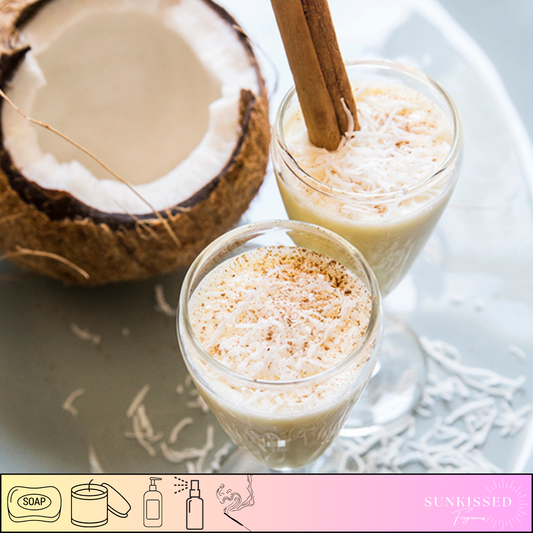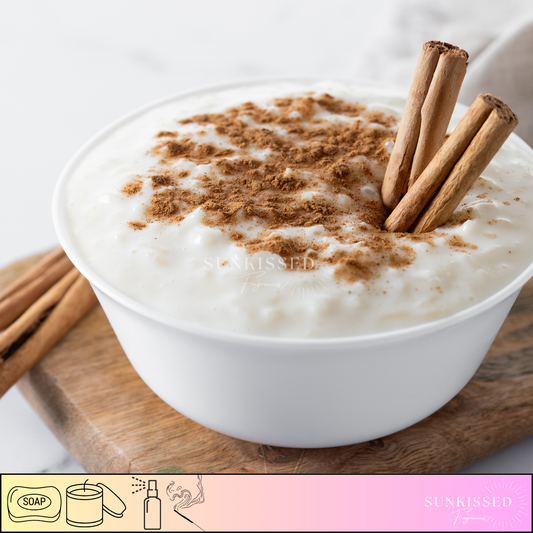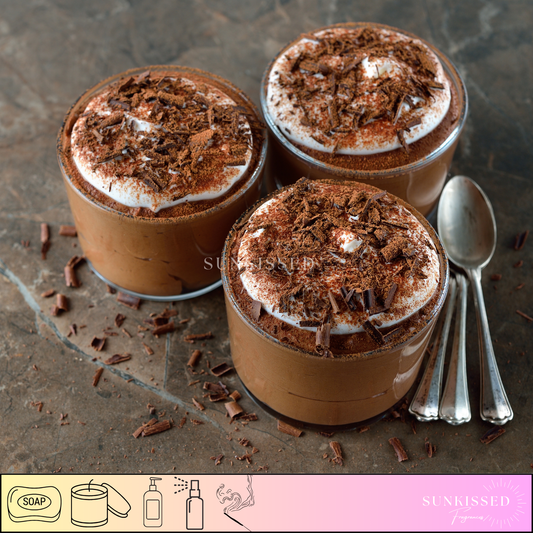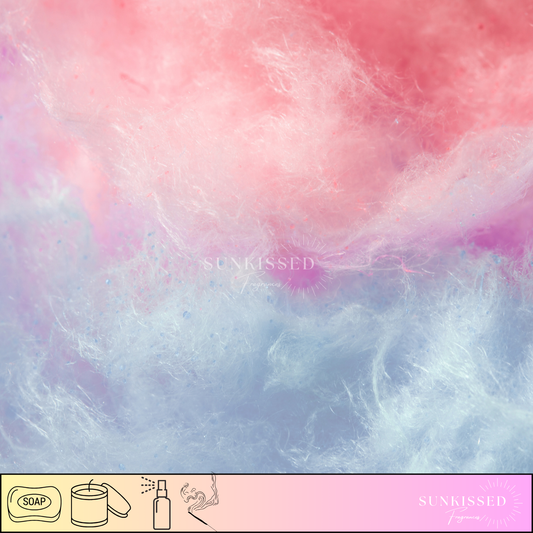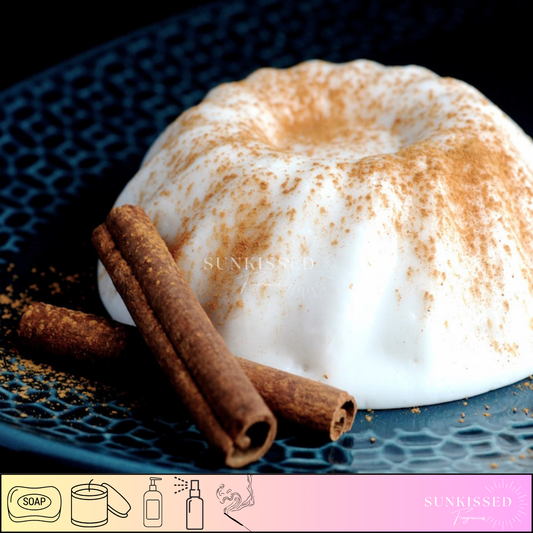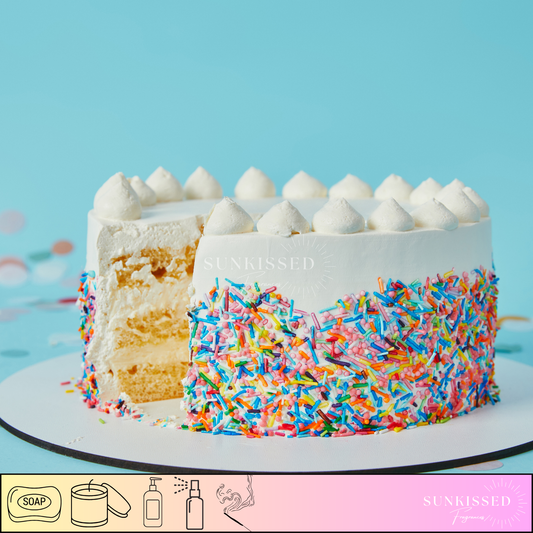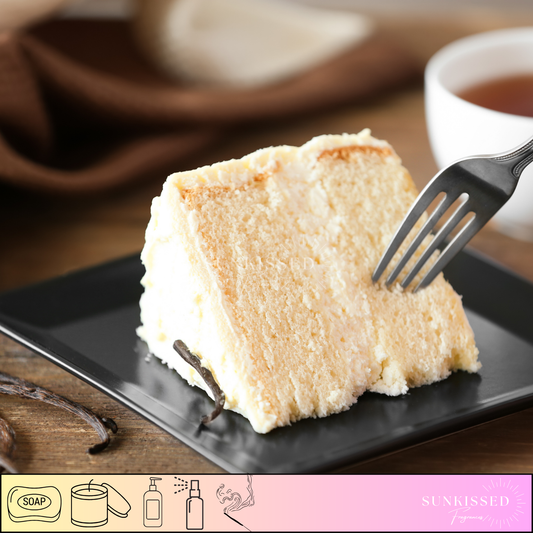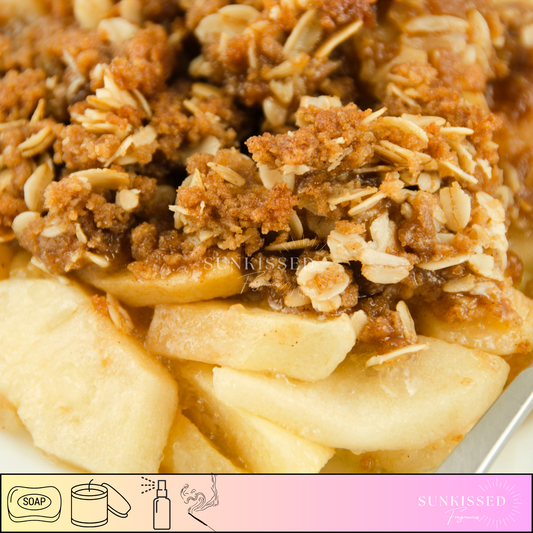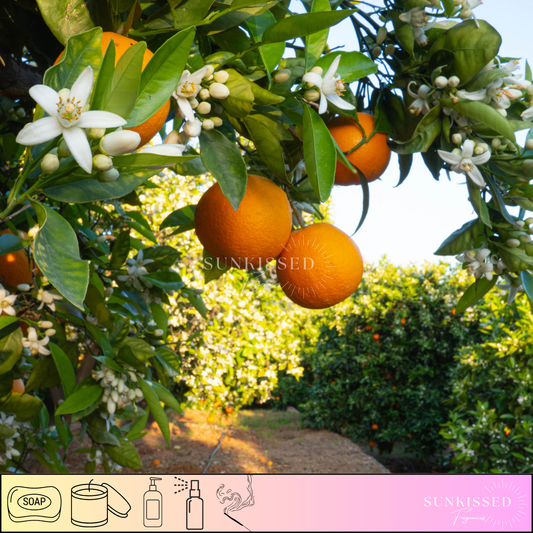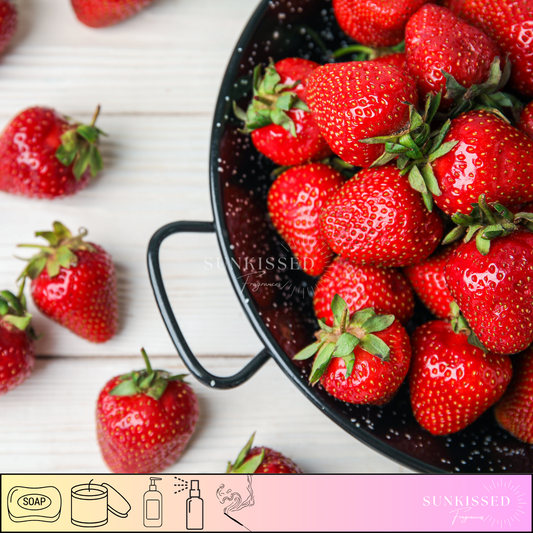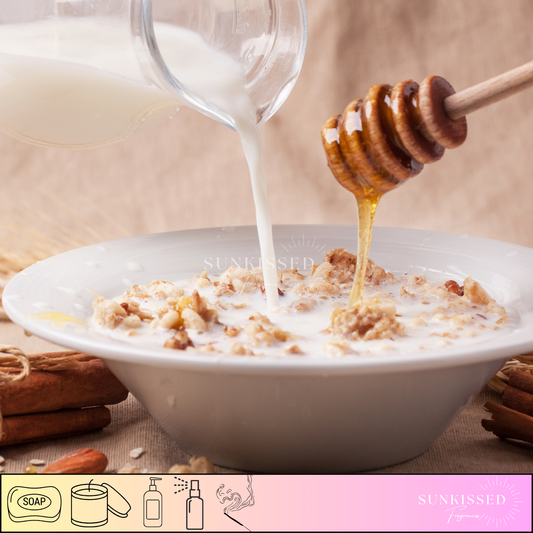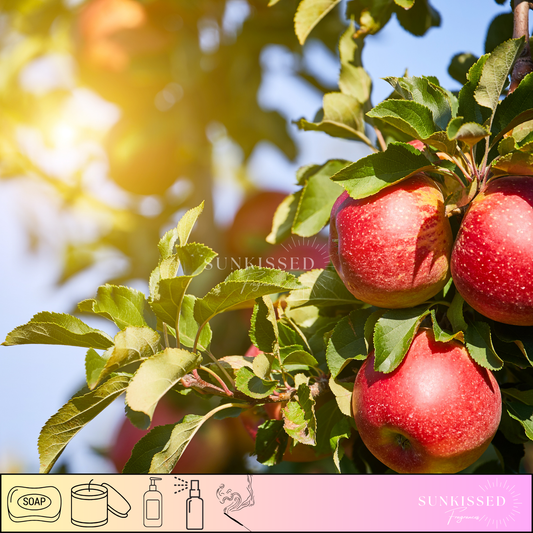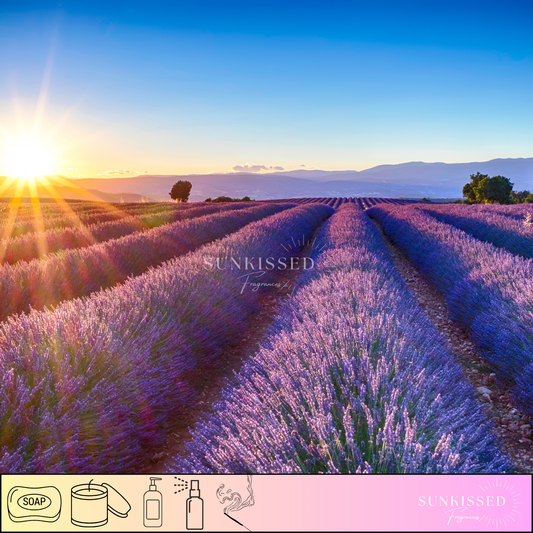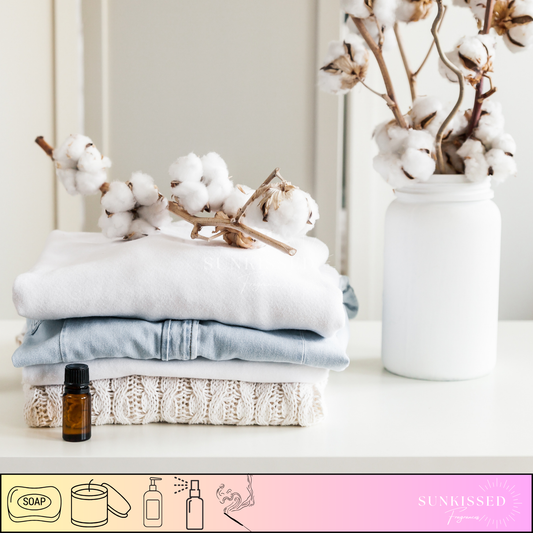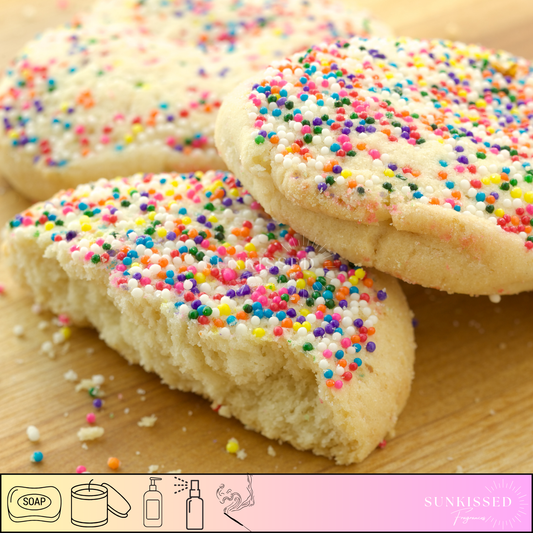
Mastering Scent Throw: A Step-by-Step Tutorial
Understanding Scent Throw: A Guide to Maximizing Fragrance in Your Candles and Wax Melts
If you're a candle or wax melt enthusiast, you've likely come across the term "scent throw." But what exactly does it mean, and how can you ensure you're getting the most out of your favorite fragrances? In this blog, we’ll explore the concept of scent throw, the factors that influence it, and how you can optimize it for the best aromatic experience.
What is Scent Throw?
Scent throw refers to the strength and reach of a fragrance when using candles, wax melts, or other scented products. There are two main types:
- Cold Throw – The fragrance that a candle or wax melt emits when it is not burning or melting. This is the first impression you get when you open a jar of wax or sniff a wax melt before use.
- Hot Throw – The fragrance released when the candle is burning or the wax melt is warmed. This is what fills your space with aroma and determines how well the scent travels.
Factors That Affect Scent Throw
Several factors influence how well a candle or wax melt distributes fragrance:
1. Type and Quality of Fragrance Oil
Not all fragrance oils are created equal. High-quality fragrance oils with a strong aromatic profile tend to perform better in both cold and hot throw. At our fragrance oil business, we carefully curate premium-quality oils that deliver exceptional scent throw.
2. Wax Type
The type of wax used in candles or wax melts plays a significant role in scent throw. Some popular waxes include:
- Soy Wax – Known for a clean burn and strong cold throw, but can sometimes have a lighter hot throw.
- Paraffin Wax – Offers excellent scent throw but may produce more soot.
- Coconut Wax – A luxurious option with great scent retention and an even burn.
- Beeswax – Has a natural, mild honey scent that can alter the fragrance.
- Blended Waxes – Many candle makers use a combination of waxes to enhance performance.
3. Wax-to-Fragrance Ratio
The percentage of fragrance oil used in a wax formulation is crucial. Too little oil results in a weak scent, while too much can cause performance issues, such as sweating or poor wax adhesion. The recommended fragrance load varies by wax type but typically ranges from 6% to 12%.
4. Wick Size and Type
A wick that is too small may not create enough heat to release the fragrance effectively, while a wick that is too large can burn too hot and cause the fragrance to dissipate too quickly. Choosing the right wick size ensures an even burn and a strong scent throw.
5. Cure Time
For candles, allowing the wax to cure for a certain period (usually 1-2 weeks for soy and up to a month for some blends) enhances the fragrance bond, improving both cold and hot throw.
6. Environment and Room Size
The size of the room, air circulation, and temperature all affect how far a fragrance travels. A stronger scent throw is usually needed for large, open spaces, while smaller rooms retain fragrance more effectively.
How to Improve Scent Throw
If you’re struggling with a weak scent throw, consider the following tips:
- Use high-quality fragrance oils designed for candle and wax melt use.
- Experiment with different wax blends to find what works best.
- Ensure proper wick selection for an even burn.
- Allow candles to cure properly before burning.
- Test different fragrance load percentages to maximize performance.
Final Thoughts
A great scent throw transforms any space, making candles and wax melts more enjoyable and effective. By understanding the key factors that influence fragrance distribution, you can create or choose products that fill your home with delightful aromas. Whether you’re a candle maker or a fragrance lover, mastering scent throw ensures a more satisfying olfactory experience!
Looking for high-quality fragrance oils with an exceptional scent throw? Explore our collection and find your next favorite scent!

